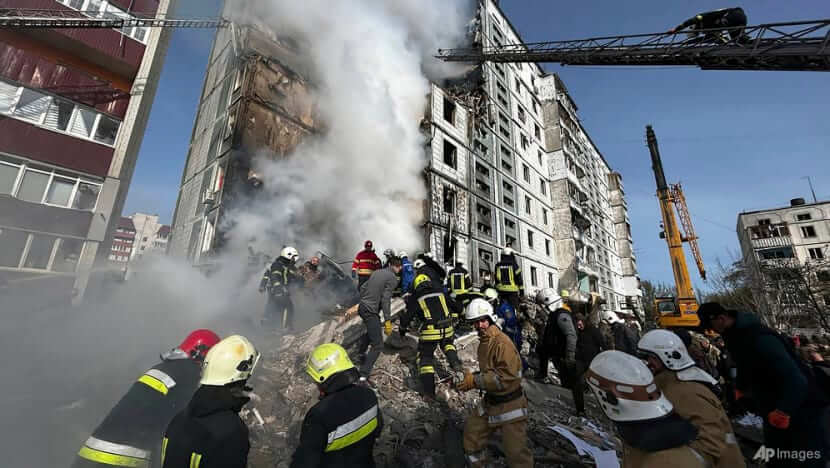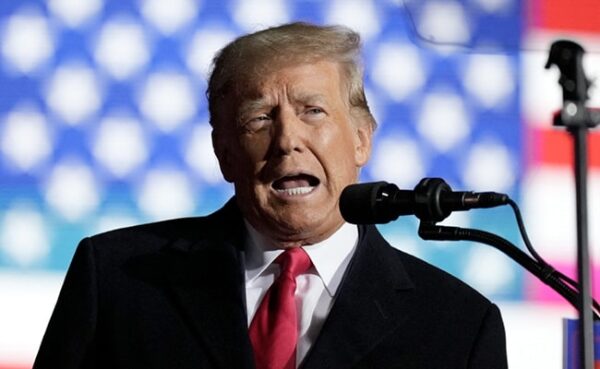Indian television media away from problems that show the union government in bad light. This is not an assumption, but a fact. It was never more than 10% of Prime time TV spent on price increases and inflation, the problem was proven to create negative sentiment towards the government around the world.
More than 2 seconds of television debates were analyzed for a study, prime time tracker, conducted by Rate The Debate (RTD), a media watch initiative from the Institute of Perseption Studies, New Delhi. Founded in 2020, RTD has measured the scope of an increase in the price of gasoline, diesel, and LPG fuel.
In 2022, the price of fuel was still examined for the Election of Assembly in five states from January to March, where BJP was in power at the center looking for important mandates. Citizens who are aware of all countries, including voters in these countries, are expected to rise after voting. This reveals the trend of ‘custom populism’, which is a problem for analysis of qualitative voter behavior. This article will discuss how the large -price increase is lost from the main headline of the prime time tv and debate on days after elections.
On March 7, 2022, multi-phase elections ended and the results were announced on March 10. The price of gasoline and diesel starts to rise from March 22 and do it 14 times. On April 6, the increase in cumulative fuel prices has peaked at RS 10 per liter.
In democracy with free media, the following five points are expected from the TV debate: One, publishing the difficulties of citizens. Two, requests for answers from the government for reply actions to offset the impact of inflation.
Three, do not dedicate the main space to international events that are not a direct concern for the lives of Indian citizens. Four, collect bipartisan advice and opinions throughout the hallway about handling inflation. Five, focus on the worst affected and ‘silent pressure’ of the poor and vulnerable.
April 6, 2022. Figure 1: It is unfortunate that television viewers cannot see the scope of such price increases. Conversely, prime time is occupied by transfer and disturbance
Tracking of Prime RTD time for April 6, 2022, analyzes 25,786 seconds from 10 channels, five English and five Hindi. The findings are as follows:




